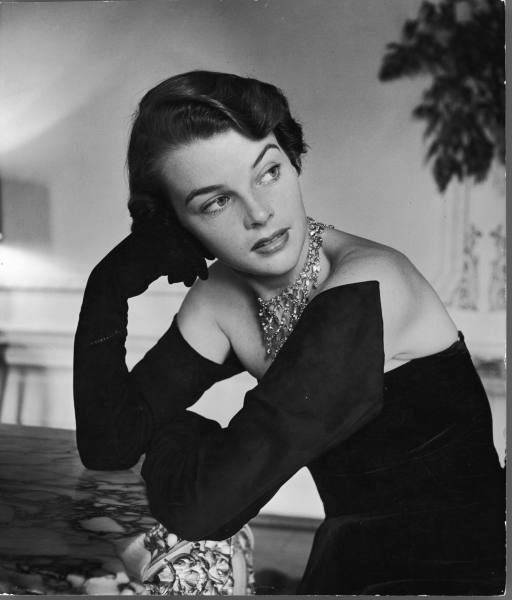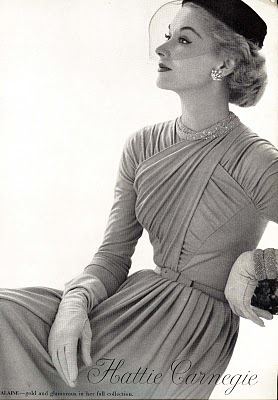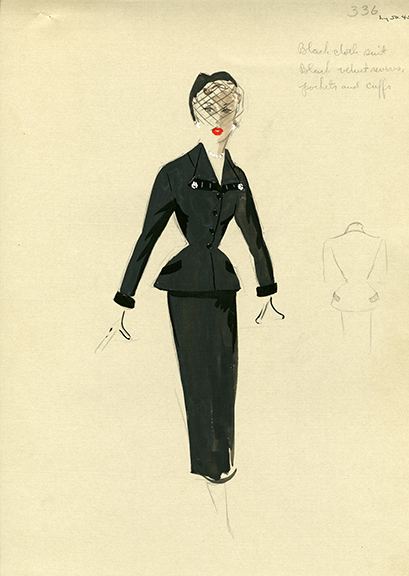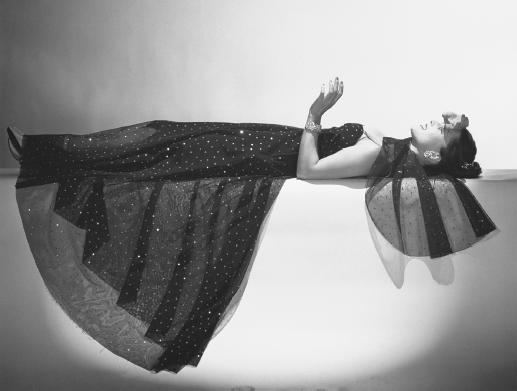Name Hattie Carnegie | Role Fashion Designer | |
 | ||
Died February 22, 1956, New York City, New York, United States Spouse Ferdinand Fleischman (m. 1922–1924) People also search for Norman Norell, Jean Louis, Michael Woulfe | ||
Models display the fall fashion collection of hattie carnegie and the woodward st hd stock footage
Hattie Carnegie (15 March 1880 – 22 February 1956) was a fashion entrepreneur based in New York City from the 1920s to the 1950s. She was born in Vienna, Austria-Hungary as Henrietta Kanengeiser. By her early 20s, Hattie had taken the surname Carnegie as an homage to Andrew Carnegie, the richest man in the United States at the time.
Contents
- Models display the fall fashion collection of hattie carnegie and the woodward st hd stock footage
- Border flea market vintage jewelry haul hattie carnegie t
- Marriages
- Hattie Carnegie collections at museums
- References

Born into poverty, Carnegie was the second of seven children born to Hannah (née Kraenzer) and Issac Kanengeiser. When Hattie was a young girl, the family emigrated to the United States, settling on the Lower East Side of Manhattan. She attended public school until her father died in 1902. In order to help support her family, Carnegie took a job as a messenger at Macy's at age thirteen. At age fifteen, she modeled and trimmed hats at a millinery manufacturer.

In 1909, Carnegie launched a hat making business with Rose Roth. Roth was a dressmaker and Carnegie designed hats. By 1919, Roth had left the business and Carnegie was the sole proprietor of Hattie Carnegie, Inc. At this point, Carnegie had a working capital of $100,000. She began travelling to Paris to buy original dresses to both sell in her shop and use as inspiration for her own designs. In 1925, Carnegie was successful enough to buy a building just off Park Avenue at 42 East 49th Street. By 1929, the business has sales of $3.5 million a year. When spending decreased during the Great Depression, Carnegie created a less expensive line called Spectator Sports.

In 1928, a then-unknown Lucille Ball began working for Hattie Carnegie as an in-house model. Carnegie ordered Lucille to dye her then brown hair blonde and Lucille complied. Of this time in her life Lucille said, "Hattie taught me how to slouch properly in a $1,000 hand-sewn sequin dress and how to wear a $40,000 sable coat as casually as rabbit."

Carnegie could not sew or cut a pattern herself, but she had an eye for talent. Her company discovered some of the most prominent American fashion designers of the twentieth century, such as Norman Norell, Pauline Trigère, James Galanos, and Clare McCardell. For nearly a decade, the made-to-order department was headed by Pauline Fairfax Potter.

In response to the austerity measures of World War II, Carnegie designed a dress for home sewers that was published in the April 12, 1943 issue of Life magazine. Made to order by Carnegie, the dress was said to cost $175, but Life readers could make their own for as little as $5.

Hattie's specialty was "the little Carnegie suit". In 1950, she was invited to apply her design sense to the Women's Army Corps (WAC) uniform. They were adopted for wear on New Year's Day 1951. On 1 June 1952, Hattie received the Congressional Medal of Freedom for the WAC uniform design and for her many other charitable and patriotic contributions. The WAC design was so timelessly elegant that it was still in use for women's U.S. Army uniforms in 1968.

By the time of her death, Hattie Carnegie had established an $8 million business.
Border flea market vintage jewelry haul hattie carnegie t
Marriages
Carnegie was married three times, her husbands being:
Hattie Carnegie collections at museums
Hattie Carnegie designs are in the collection holdings of the Costume Institute at the Metropolitan Museum of Art in New York; and at the Museum of Lifestyle & Fashion History in Boynton Beach, Florida. An exhibit of the dresses shown at the boutique of Hattie Carnegie was mounted at the Fashion Institute of Technology in 1996. The exhibit, Hattie Carnegie: American Style Defined, was curated by Professor Rose Simon.
